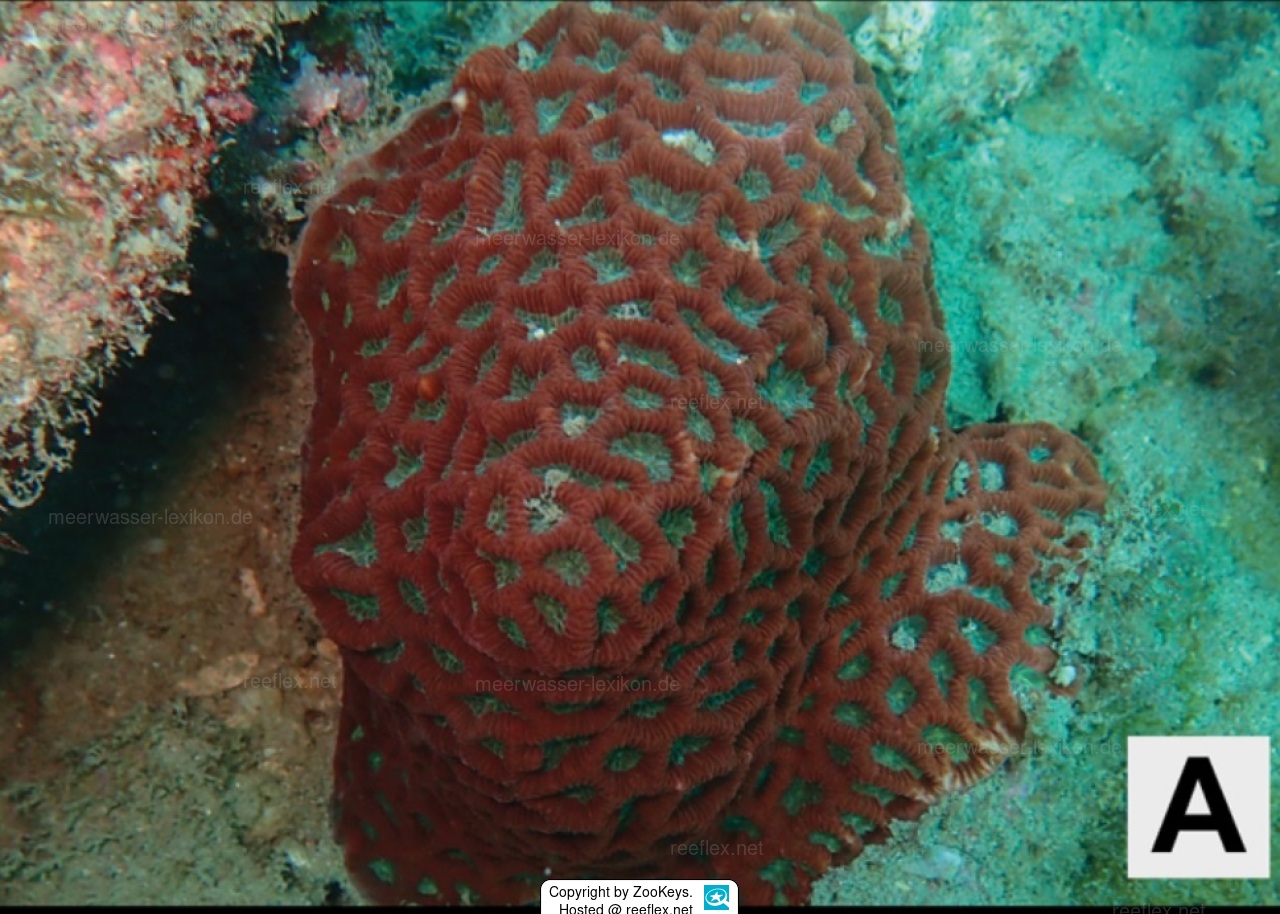Info
In June 2024, a new zooxanthellate stony coral was described from non-coral reef regions in Japan and northern Taiwan, which was previously listed as a morphological variant of Paragoniastrea deformis (Veron, 1990).
However, Paragoniastrea variabilis differs from Paragoniastrea deformis by the absence of groove and tube structures at the corallite wall junctions as well as by larger calices, numerous septa and up to three corallites in one valley.
Based on molecular studies, Paragoniastrea variabilis forms an independent group from its relatives, Paragoniastrea australensis (Milne Edwards & Haime, 1857), Paragoniastrea deformis and Paragoniastrea russelli (Wells, 1954).
It is quite possible that this new coral species can already be found in one or other home aquarium, but it is hardly possible for the non-scientist to identify it correctly.
Etymology: The species name is derived from the Latin "variabilis" (variable), in reference to the considerable color variations.
However, Paragoniastrea variabilis differs from Paragoniastrea deformis by the absence of groove and tube structures at the corallite wall junctions as well as by larger calices, numerous septa and up to three corallites in one valley.
Based on molecular studies, Paragoniastrea variabilis forms an independent group from its relatives, Paragoniastrea australensis (Milne Edwards & Haime, 1857), Paragoniastrea deformis and Paragoniastrea russelli (Wells, 1954).
It is quite possible that this new coral species can already be found in one or other home aquarium, but it is hardly possible for the non-scientist to identify it correctly.
Etymology: The species name is derived from the Latin "variabilis" (variable), in reference to the considerable color variations.







 ZooKeys
ZooKeys















